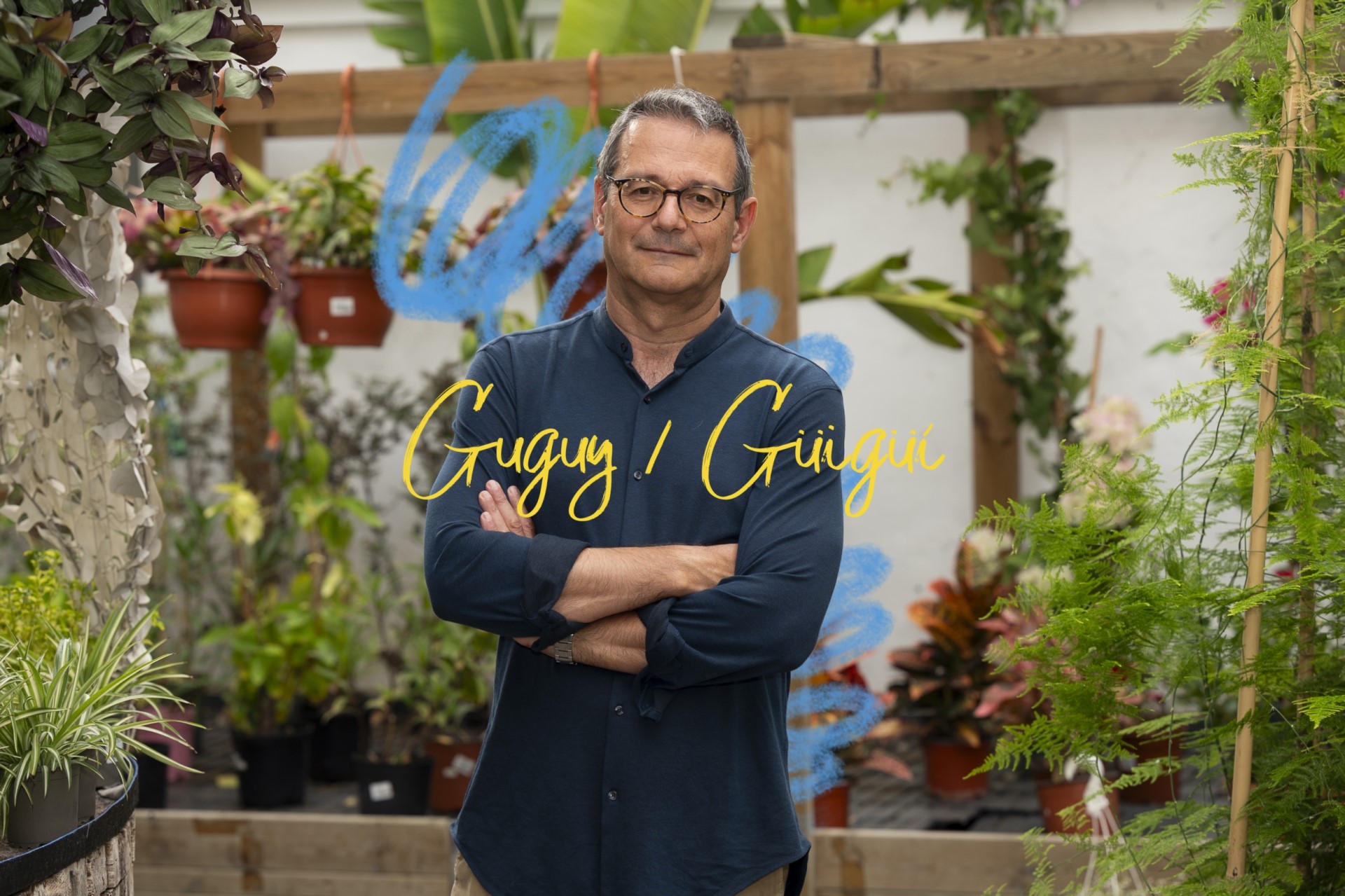Güigüí, known locally as Guguy, is a place of great historic cultural and environmental richness. Located in La Aldea de San Nicolás, it has a history linked to its past economic activity and exceptionally well preserved natural surroundings. This Special Natural Reserve aspires to become a National Park.
In Anatura, La Casa de las Semillas, we meet up with Francisco González, a biologist and a technical clerk at the Cabildo island government who is leading the coordination of the proposal.
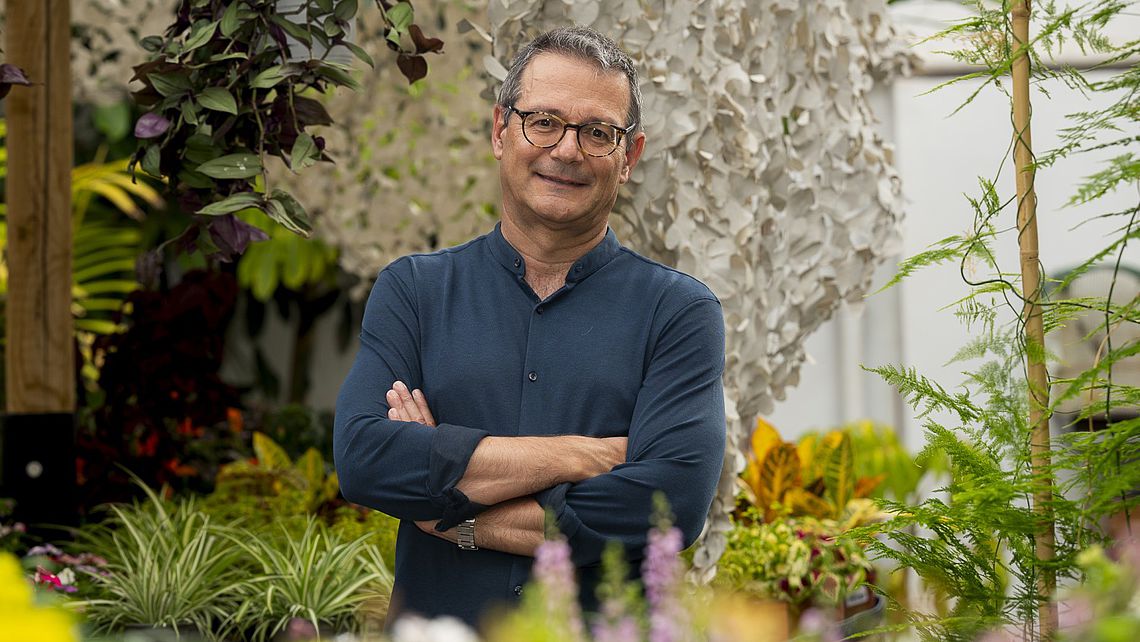
Guguy is one of the most outstanding places in Gran Canaria, especially among the local population. What is its historical and cultural importance?
Guguy is a highly important location due to its historical economic activity. The area was involved with tomato growing until the beginning of the 20th century, but there is much more to it than that.
Its geographical isolation in the municipality of La Aldea de San Nicolás, which in itself is a historically isolated area, has helped to preserve a landscape that has remained virtually unchanged since the 19th century. While the rest of the island underwent significant transformations from the 20th century onwards, Guguy has remained relatively unchanged. Moreover, from an environmental perspective, this territory is rich in resources such as its geology, landscape, vegetation, and so on.
In addition to natural resources, what are the characteristic values of Guguy?
As I mentioned earlier, it is noted for being an area that has undergone little alteration in comparison with the rest of the island. A large part of its territory is covered by cardoon and tabaiba plants. It is also home to the only natural population of cedar trees on Gran Canaria, as well as the largest area of almáciga plants in the Canary Islands, a type of Mediterranean forest that is rare in the archipelago. Guguy is also known for its valuable archaeological heritage, which includes obsidian mines, which were essential in the past, and an ethnographic heritage comprising ponds, caves, traditional buildings, etc.
As for vegetation and flora, Guguy has notably higher levels of endemic flora than those found on the island as a whole, including two endemic species unique to the area. In addition, a new species is currently in the process of being investigated, and could become the area’s third local endemism.
These elements clearly show that Guguy is a well-preserved area, even though it has undergone some alterations due to human activity in the past. However, in general, it remains in a good state of conservation.
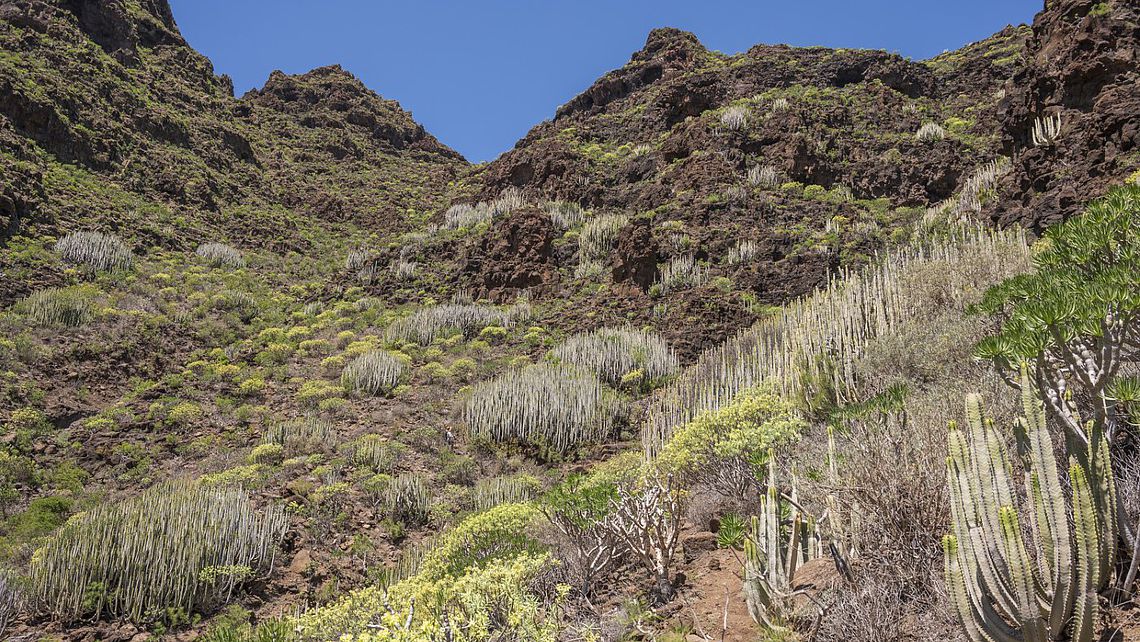
With these characteristics, the Guguy Special Natural Reserve aspires to be a National Park. What is the specific bid?
There are natural systems both on land and in the sea in Guguy that are not represented in the Spanish National Park Network.
On the land side, the cardoon and tabaiba plants are fundamental and there are just a few odd examples in Timanfaya, Lanzarote. In addition, the cliffs are the habitat of various marine birds such as shearwaters, who feed in the sea but nest on the land.
The ocean in this area is protected thanks to the currents running from the north of the island to the west, resulting in choppy seas compared to other areas. This has resulted in a low sport fishing activity and a natural protection of the marine ecosystem. None of the marine ecosystems of the Canary Islands are currently represented in the Spanish National Park Network.
If we think in terms of goals, what goals are associated to the bid?
In general, the bid seeks to conserve and enhance both the marine and terrestrial environment. Basically, National Parks are areas that, due to their landscape, environmental and cultural characteristics, are declared to be of general national interest, and we believe that Guguy more than meets these characteristics. Furthermore, there is a commitment at European and international level to increase the protected marine area by at least 30%. Our proposal is very much in line with this.
What would be gained by Guguy being declared a National Park?
The fact is that there are more benefits than people would normally think. Firstly, with the establishment of a new National Park in Gran Canaria, we would benefit from the most consolidated form of protection in Spain, which goes back over a century. This would mean that the territory would be managed in accordance with a time-tested and refined approach, guaranteeing effective and sustainable management of the region's natural and cultural resources.
Another important benefit is the increased visibility and recognition that the region would gain. Guguy would become a national point of reference in terms of conservation and management of natural spaces, which could attract a greater number of visitors. This would have a positive economic impact on the area, as responsible and sustainable tourism could flourish, generating income and employment in the municipality of La Aldea and its surrounding area.
In addition to the economic aspects, the proposal would highlight the rich cultural, ethnographic, archaeological and environmental heritage of Guguy. This could encourage sustainable economic activities related to conservation, such as environmental education and the promotion of local culture, which would further enhance the region and strengthen ties between the local community and its natural surroundings.
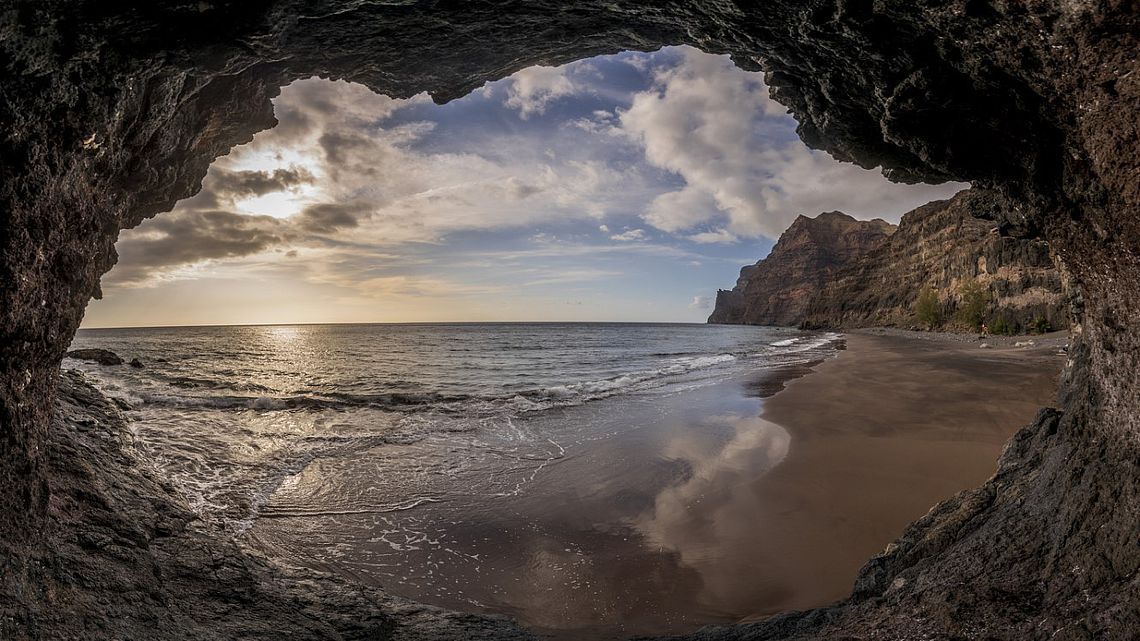
Let’s turn our attention to the local population. Do they stand to gain any demonstrable benefit from this?
One of the most obvious benefits they will gain is the financial support that National Parks in Spain are given to subsidise activities in the municipalities where they are located. This funding can be used for a variety of projects and activities that directly benefit the local community.
Conservation has already generated a positive economic impact in the area. Prior to the National Park bid, the implementation of European projects involved the employment of local staff for their development. The status of a National Park creates the need for staff to manage it, which has a knock on effect in terms of employment for local people.
The indirect economic effects are also significant. The granting of Guguy as a National Park will attract visitors who are interested in exploring this conservation area. These visitors will need local accommodation, food and services, all of which will boost the local economy.
Is there hope for this bid?
Without a doubt. We have been working closely with the Organismo Autónomo de Parques Nacionales at a technical level for more than a year now. During this time, we have established contacts and shared information about Guguy, which has enabled them to understand and recognise the value of our proposal. We have highlighted the importance of conserving natural systems that are currently not represented in the Spanish National Parks Network.
Guguy’s naturally rich environment is linked closely to the local population, a key player in its conservation. What plans are there to raise awareness among the general public with regard to the importance of caring for this territory?
A diverse range of communication and dissemination strategies are already being implemented. These actions aim to increase awareness and support on the part of the local and general population for the protection of Guguy.
On social media, for instance, information is shared through bullet points and videos about the environmental and cultural values of the area. Last year, a photo exhibition was held to highlight the bid. An open meeting between local people, directors and National Park staff is also being planned to raise awareness of the National Park and its management.

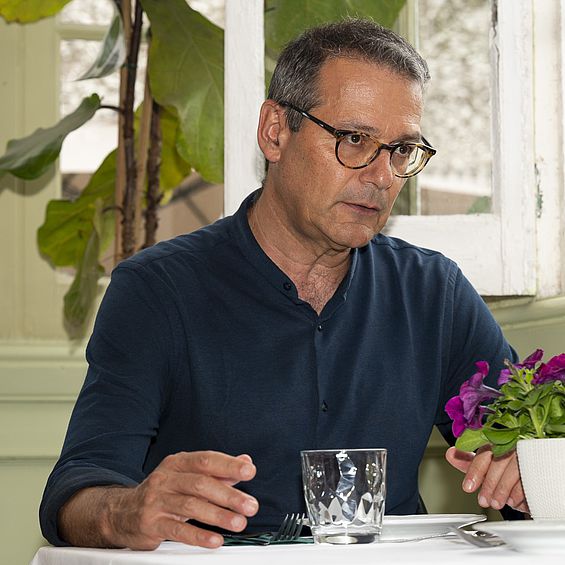
Are specific measures being considered to achieve greater control?
Irrespectively of the bid, actions are already being taken. These include compliance with the Master Plan for the Nature Reserve, which provides guidelines for the management of the area. In addition, progress is being made on the implementation of a project to establish a camping site in the Güiguï Grande ravine. This will help to regulate and provide adequate facilities for visitors.
Gauges are also being used to measure the influx of people on the trails and areas of interest in the area, allowing accurate management of visitor flow and avoiding negative impacts on the natural environment.
In short, these measures seek to regulate and monitor the current activity in Guguy, promoting responsible tourism that minimises environmental impact and contributes to the conservation of this valuable natural space.
All these measures will help conserve the status of National Park in the event that Guguy is granted the award. Is that right?
Absolutely. It should be remembered that, as part of the Spanish National Parks Network, each park establishes a common strategy and a shared working approach. It submits annual budgets and activity reports to ensure efficient and sustainable management.
Importantly, a National Park can only lose its designation if it undergoes significant alterations that affect its natural and cultural assets. Therefore, all the knowledge and experience of the National Parks Network is directed towards conserving and protecting the park's assets, ensuring that they grow and do not diminish over time
Going back to the involvement of the local population, why do you think that the bid has been received so well?
Firstly, Guguy is a place that, collectively speaking, is considered a paradise in terms of conservation. It is a paradise that everyone aspires to visit at some point because of its natural beauty and environmental richness.
Furthermore, Guguy is a low-use area, which means that it does not generate significant conflicts. The lack of conflict and the fact that there is no intensive use of the area contribute to the bid being well received.
It is also important to point out that Guguy has a small local population, mostly composed of people who have lived there for a long time and who continue to farm in the area. These local communities have had contact with the promoters of the bid and feel comfortable and reassured about the process, as they do not perceive threats to their traditional activities.
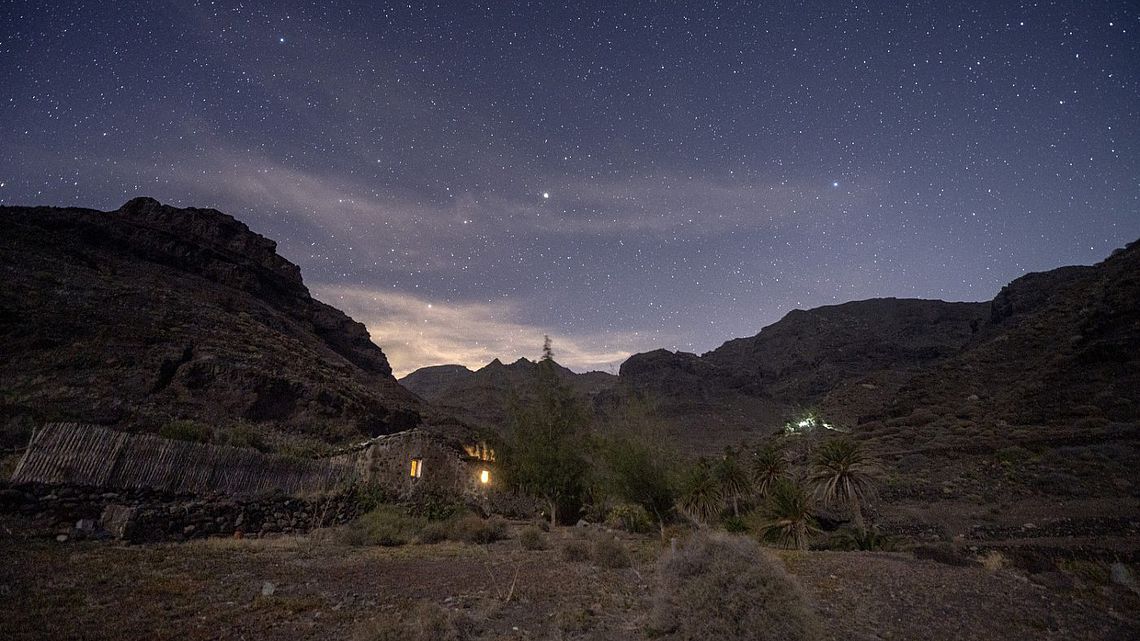
If you consider all that Guguy encompasses, what message would you like to send out?
That it is an exceptional and unique place on the island of Gran Canaria. Guguy is like an island within an island, a territory that has retained its authenticity and has not been significantly altered by human activity. It is an environmentally challenging site, but it is extremely powerful in terms of landscape, and most importantly it has the potential to further enhance the landscape.
This territory belongs to the oldest part of the island in geological terms and presents an ancient and steep topography that harbours highly important natural assets. It is as if time has stood still here, offering visitors a journey back to ancient Gran Canaria, a harkback to the past.
Guguy is an exceptional place in Gran Canaria, with a unique history and values. The proposal to convert it into a National Park seeks not only to preserve this treasure, but also to provide significant benefits for the local community.
This Special Natural Reserve is a reminder that, with the proper commitment and local community collaboration, we can protect and preserve our natural treasures for generations to come.
*More information: Learn all about the Guguy National Park bid.
*Note of thanks: Many thanks to 'Anatura, La Casa de las Semillas' or giving space to carry out this report. [visit their website and find out their Sunday market schedules!].
*Authorship: The landscape photographs of the Guguy Special Natural Reserve, included in the section, are the work of the Canarian photographer Nacho Gonzalez Oramas.

